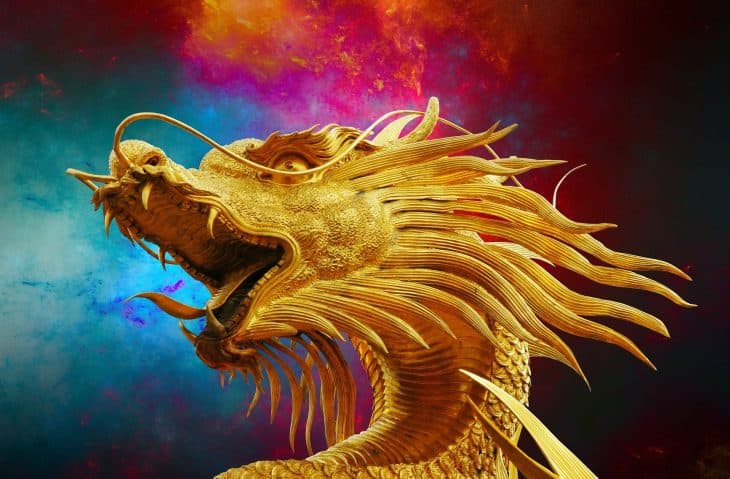
Learning about the many types of dragons could take time if we were to discuss all the dragons in mythology. But hey, it’s worth it, anyway, as they are incredibly fascinating to read about. To begin, what is a dragon, really? And did they even exist in real life? In this article, we will list down the different species of dragons known to man and answer some common questions about them.
A dragon may choose to be good-natured or the root of all evil. However, it really depends on where that dragon originates from. Dragon legends often involve a man (usually a knight) slaying a dragon because of its wickedness. Some countries, however, depict them as guiding lights that protect those who rule nations. Other civilizations worshipped dragons as celestial beings, with many researchers finding evidence of these in history. In other countries, they treat dragons differently, each holding a special place of high regard for these creatures.
There are many good reasons to learn about dragon species. Usually, it’s not about discovering the dragons themselves, but the mythology and the cultures they entail. You could also gain a brief insight as to how mythological creatures were imagined during a time with little technological advancement. However, it does not have to be too serious. You can simply enjoy a bit of light reading on your favorite mythical beast or favorite pop culture dragon. Take note that this extended list also includes mythical dragon names organized by their dragon type. Now, if you’re looking for a specific type of dragon name and want to know what they look like, know that it might be under this list as well.
The History of Dragons
If you look into the history of dragons, you will find a large variety of personalities, physical forms, and ancient origins. What’s more, one of the earliest artifacts depicting dragons is the pig dragon artifact from Neolithic China. The pig dragon was said to be coiled and in a nesting form. Archeologists recorded the similarity between the Chinese dragon symbol and the mei long (sleeping dragon) to the pig dragon artifact.
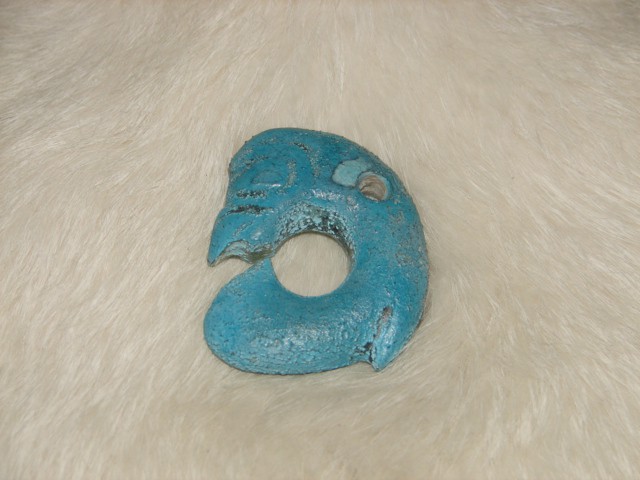
Fast forward into history, Chinese Scholar Chang Qu believed that the remnants of a fossilized stegosaurus were the bones of a dead dragon. Putting aside Chang Qu’s mislabeling of fossils, the Han Dynasty of ancient China’s Liu Bang also spoke often about his mother’s dream of a dragon before his birth. As a result, the dragon became a constant figure and symbol of the emperors of China.
For the west, they were symbols of evil-doers and the devil. Dragons in the west were your typical fairy tale dragons, with large fangs and powerful wings. However, they often spoke and demanded from the people. St. George was said to have slain a dragon demanding human sacrifices in return for the village’s safety.
Historians believed that the western dragon was copied off of an actual animal named the Nile Crocodile. These reptiles could elevate their trunks and walk on land, similar to how the dragons were depicted in the past. It is also important to note that they can travel to Greece and Italy as well. The Nile Crocodile’s ability to swim across the Mediterranean and into Italy and Greece’s territory wasn’t actually unlikely as well. These sightings ultimately gave birth to the dragons of the west.
The Different Types of Dragons
Now that we know a little bit about the history of dragons and their expanded origins, let’s now move on to all the different types of dragons. We are aware that there are many famous dragons in fiction and folklore whose types are unknown to many. Don’t worry, we have a list under each dragon type for you to check where your favorite dragon belongs to!
Salamander
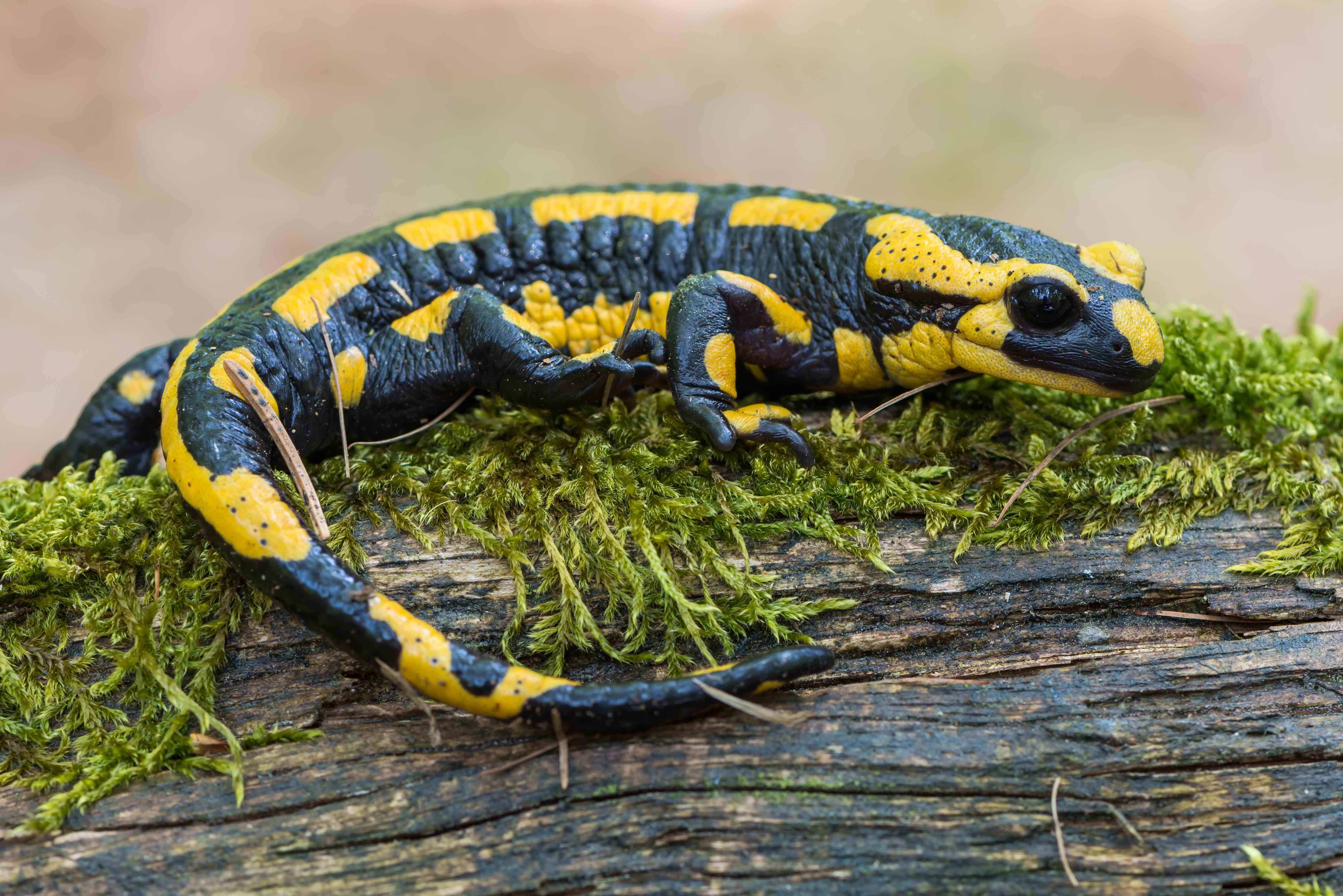
Salamanders are the first in our list of types of dragons. These dragons came from Europe. They are flightless, can withstand fire, with skin made of leather. Salamanders are symbols of rebirth (immortality) and passion, which is why the name translates to “fire within.” Because of the dragon’s association with fire, alchemists used it as a symbol of fire. Firefighters also use the salamander dragon as a logo to resemble their perseverance within the flames.
The legend of salamander dragons originated from some locals who would pile logs during winter. The actual hibernating salamanders (which are amphibians) would be fast asleep inside some of the logs the villagers used to start a fire with. This would cause salamanders to come running out of the fire pit in flames. Some would survive, while others scorched to death. Because of the human mind’s tendency to weave tales, many believed that salamanders were dragons that had a high tolerance to heat.
Listed below are notable salamander dragons in media.
- King Francis I of France’s Salamander Emblem
- Charmander (Pokemon Series)
- Bruni (Fire Spirit of Frozen 2)
- Newts (Type of Salamander in Witchcraft)
- Salamander Enemies (Final Fantasy Series)
Lung
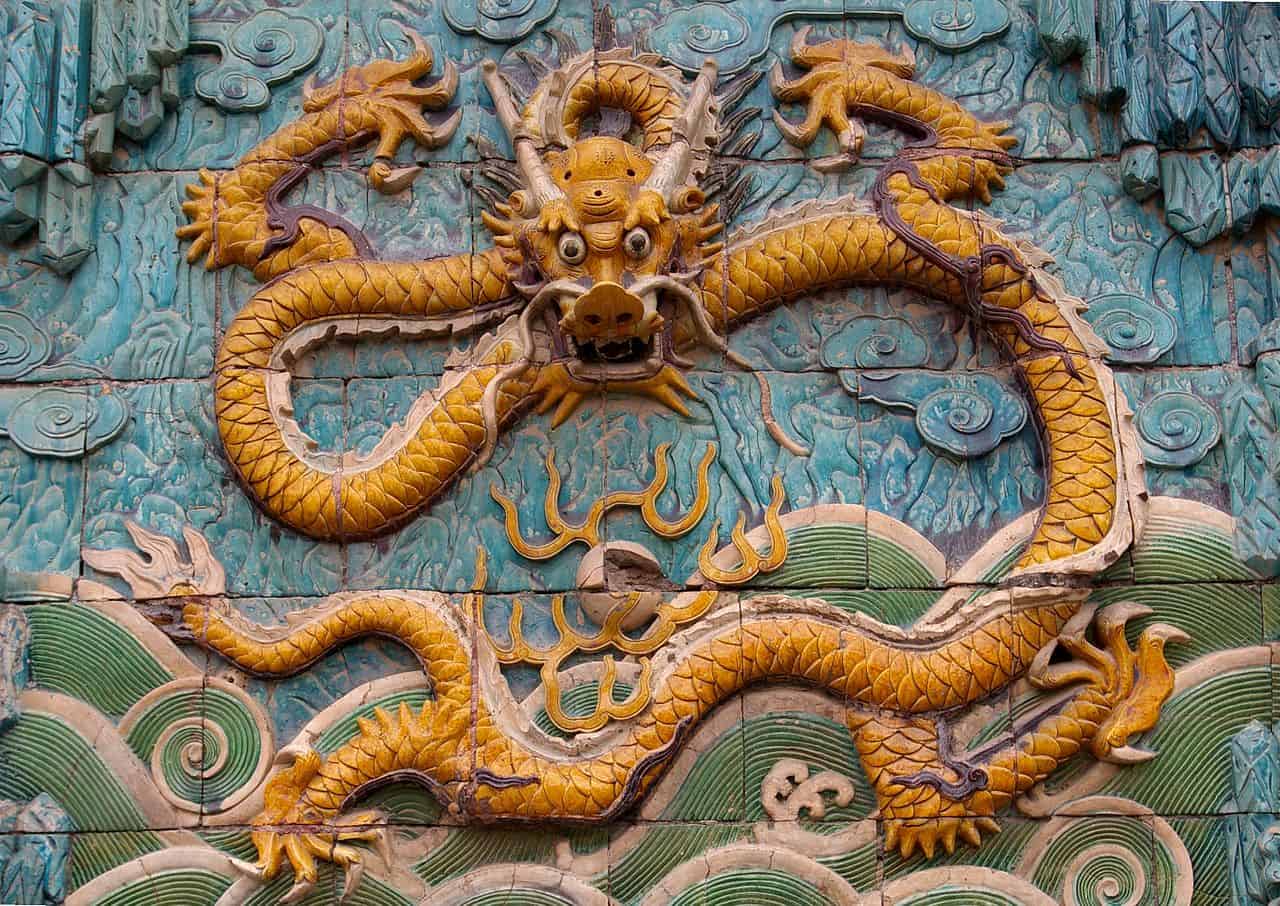
The lung dragons, also known as the Chinese dragons or Oriental dragons, are the most famous type of Eastern dragons. As we’ve discussed, Chinese dragon bones were actually fossilized dinosaur bones. These fossilized dinosaur bones would range from stegosaurus bones to the earliest of the sauropods in Asia. Moreover, these dinosaur skeletons were similar to the elongated designs of the lung dragon.
Lung dragons are long serpentine reptiles with four legs. They have enormous eyes and long hair around their face. Imperial China used dragons as symbols of favorable power. Scattered all over, they also guard the Forbidden Palace with their strength. However, lung dragons aren’t the only forms of Chinese dragons. Some dragons in Chinese folklore have horns, fins, with one called the turtle dragon even having a turtle-like back.
You can research about lung dragons starting with the few we have named here:
- Shenlong (the god of dragons)
- Tianlong (celestial dragon)
- Dilong (earth dragon)
- Yinglong (responsive dragon)
- Qiulong (the hornless dragon)
Knucker
Knucker dragons live in a hole under the ground. The word “knucker” actually comes from Old English, meaning “water monster.” Medieval legends claim they can be found inside knuckerholes found around Sussex, England. Knuckerholes are described to be deep holes filled with water (supposedly so deep, bell towers would sink.) Folklore describes the knucker dragon as a 30 ft long serpentine with small wings. People used to explain that knucker dragons had small heads and leather skin. Furthermore, they come in three colors: brown, green, and red.
The diet of a knucker dragon includes fish, livestock, and farm animals. However, knucker dragons also preyed on small children who got lost. Their lifespan is also said to be up to 1,200 years.
Listed below are some famous knucker dragons you could check out:
- Lyminster’s Knucker
- Weasel the Knucker (Castle Drake)
- The Knucker (Slaine)
- Bucca Dragon (subspecies of Knucker Dragons)
- The Lambton Worm
Western Dragon
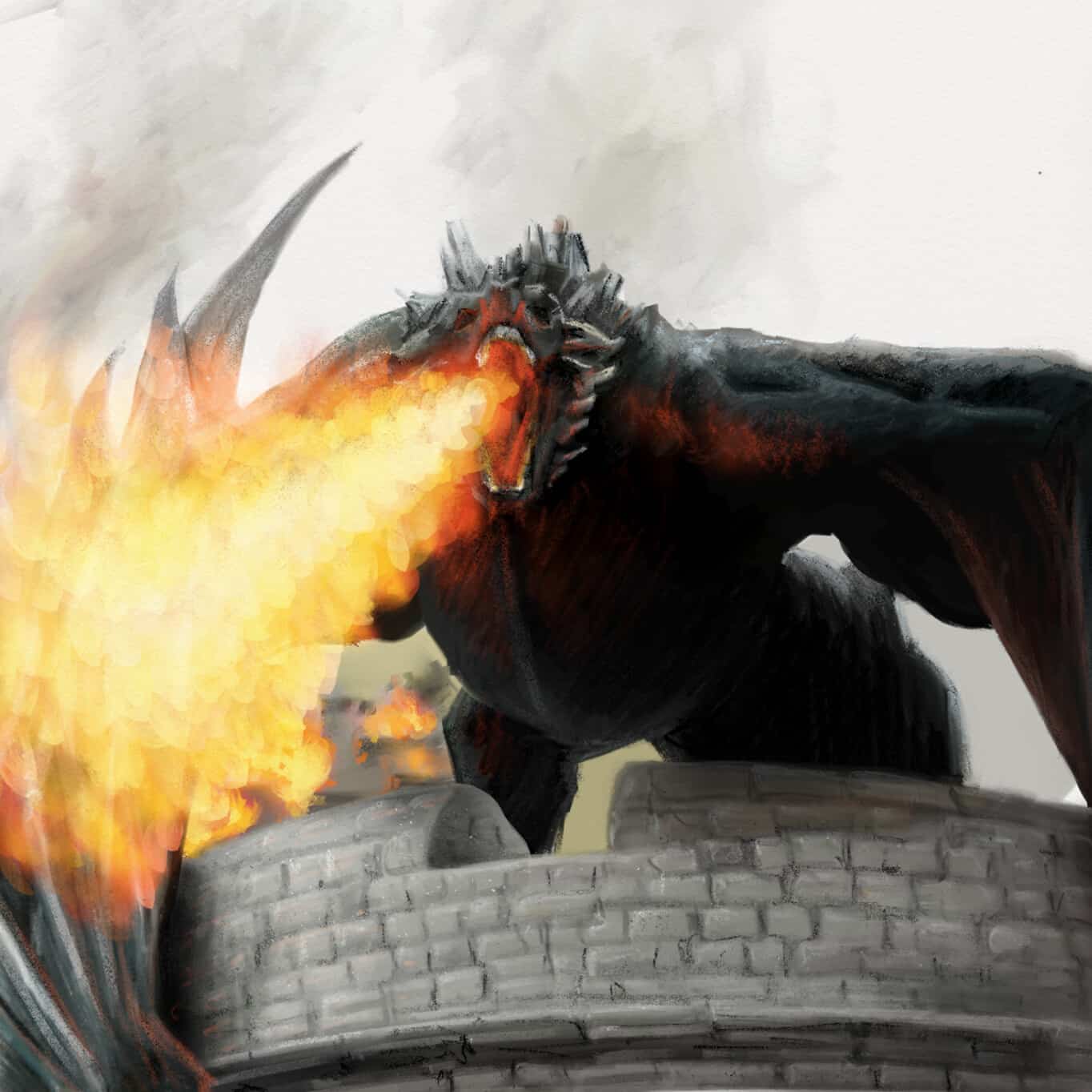
Western dragons are your typical mythical fire dragon types. They have six limbs, two large pairs of wings, and long, sharp claws. Western dragons can breathe fire, as depicted in many folklore and modern fantasy novels. Painters and storytellers spoke often of the European dragons in the form of a Western dragon. These dragons are often mistaken for the wyvern, which only has four limbs instead of six.
Research papers regarding types of dragons often call the western dragon “the true dragon.” Dragonology further explains this title deserved by western dragons because of their depictions as being the most powerful of all dragons.
Here are some of the most famous dragon names in this category:
- Maleficent (Dragon Form)
- Drogon (Game of Thrones)
- Beowulf’s Dragon
- Bahamut (D&D Dragon Type)
- Asgorath (D&D Dragon Type)
Pyrausta
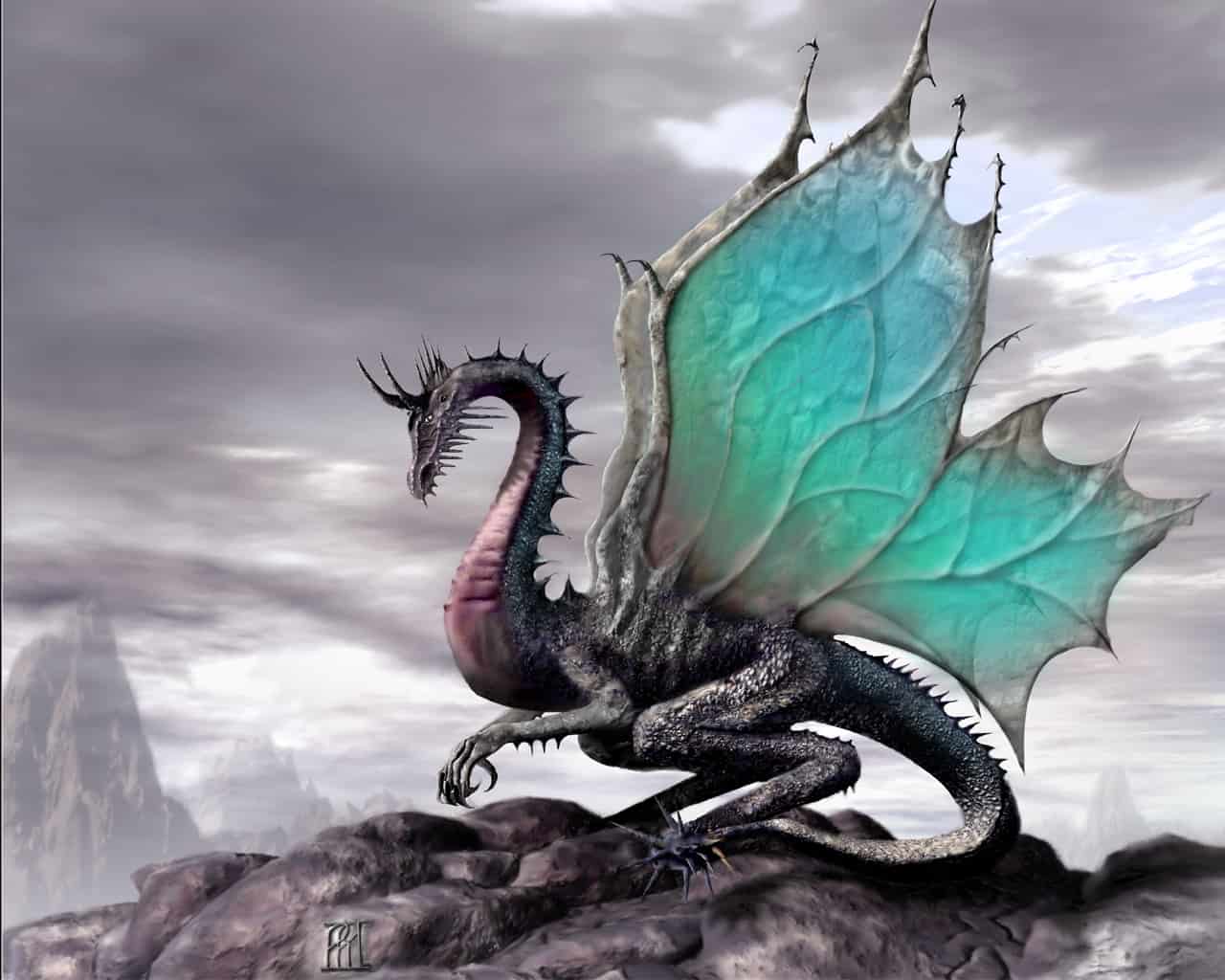
Pyrausta Dragons, also known as faerie dragons or fae dragons, are the smallest dragon species. The people of Cyprus are known to have created the pyrausta dragons. Pyrausta dragons resemble a different variety of insects in comparison to the other dragons, who resemble serpents and reptiles. Pyrausta dragons have wings similar to moth and butterfly patterns, four limbs, and large black eyes. Salamanders come from fire, similar to the pyraustas. A pyrausta dies when they stray too far from the fire. This is why they lived in the furnaces of Cyprus.
A pyrausta dragon in the popular Dungeons & Dragons series (D&D) is called a faerie dragon. Their moral alignment is chaotic good. Faerie dragons are capable of speech because of their high-level intelligence. Just like many insects, they tend to have colorful bodies.
Here’s a list of a few pyrausta dragons worth mentioning:
- Otto (Maddgoth’s Castle, Undermountain)
- Wishes (Pink Flumph Employee, Waterdeep)
- Draco Volcans (Real-life tiny dragon with similar pyrausta features)
- The Terrible Terror (How to Train Your Dragon Trilogy)
- Jivex (Grey Forest, The Vast)
Wyrm
Wyrm dragons are legless dragons living in European countries. Their name is a translation of the word “dragon.” However, the wyrm is specifically used for dragons with worm-like bodies that live on the ground rather than the sea. Wyrms are carnivorous beasts that can prey on humans. Moreover, they prefer caves with bodies of water. These dragons have an affinity for water and fire, with their breath being poisonous. Additionally, they also can regenerate lost limbs.
It is said that wyrms are the earliest forms of dragons. They could use magic, speech, and had high intelligence. They were symbols of fearsome power, terrorizing villages while living in caves and hoarding treasures at the same time. Unlike the Western dragon, they are said to have no qualms about good or evil morals. However, they are generally depicted as evil creatures.
Here are a few wyrms you may research to get a better grasp on them:
- Lambton Worm
- Laidly Worm
- Wyrm (Yu-Gi-Oh! card game)
- Worm of Sockburn
- Worm of Linton
Lindwurm
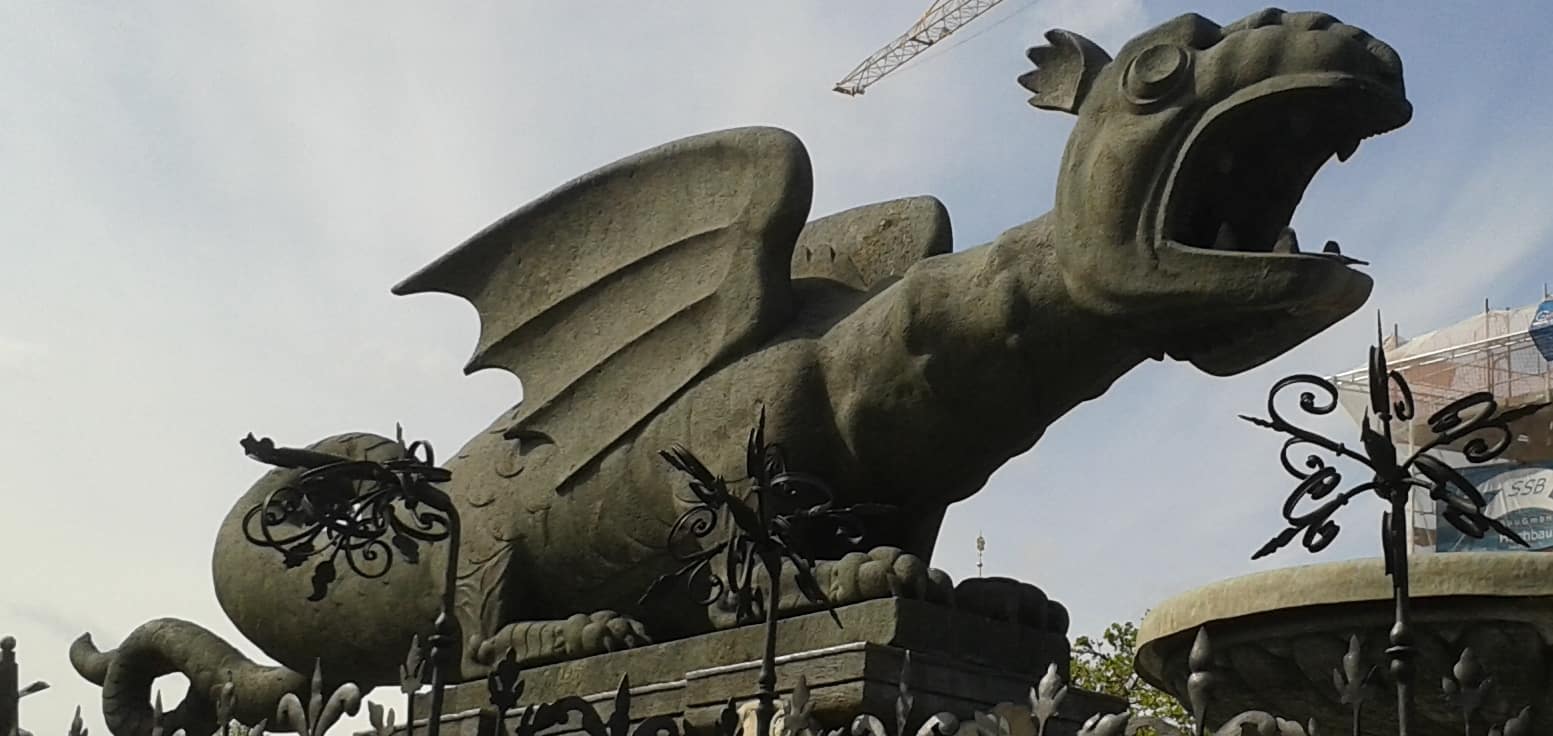
The lindwurms, also known as the whiteworm dragons, are similar to wyrms except for having two limbs. Swedish runestones were often decorated with lindwurms during the 11th century. They are also depicted as having serpentine bodies with scaly skin. The design of the lindwurm on the statue of the lindwurm fountain was also based on the skeletal remains of a woolly rhinoceros. While they may have two limbs, the lindwurm is described as moving more like a mole lizard and may even have eaten corpses.
The name lindwurm comes from the dead language of Old High German, which translates to the meaning of “flexible dragon.” In fact, runestones and other artworks portraying lindwurms had these dragons twisting and turning in serpent-like movements as well.
Here are a few lindwurms to get you started on learning about them:
- Klagenfurt Lindwurm
- The White Worm (Lair of the White Worm)
- Prince Lindworm
- Lindorm (Legends from Smaland, Sweden)
- Lindwurm (Hilda, Episode 7)
Sea Serpent
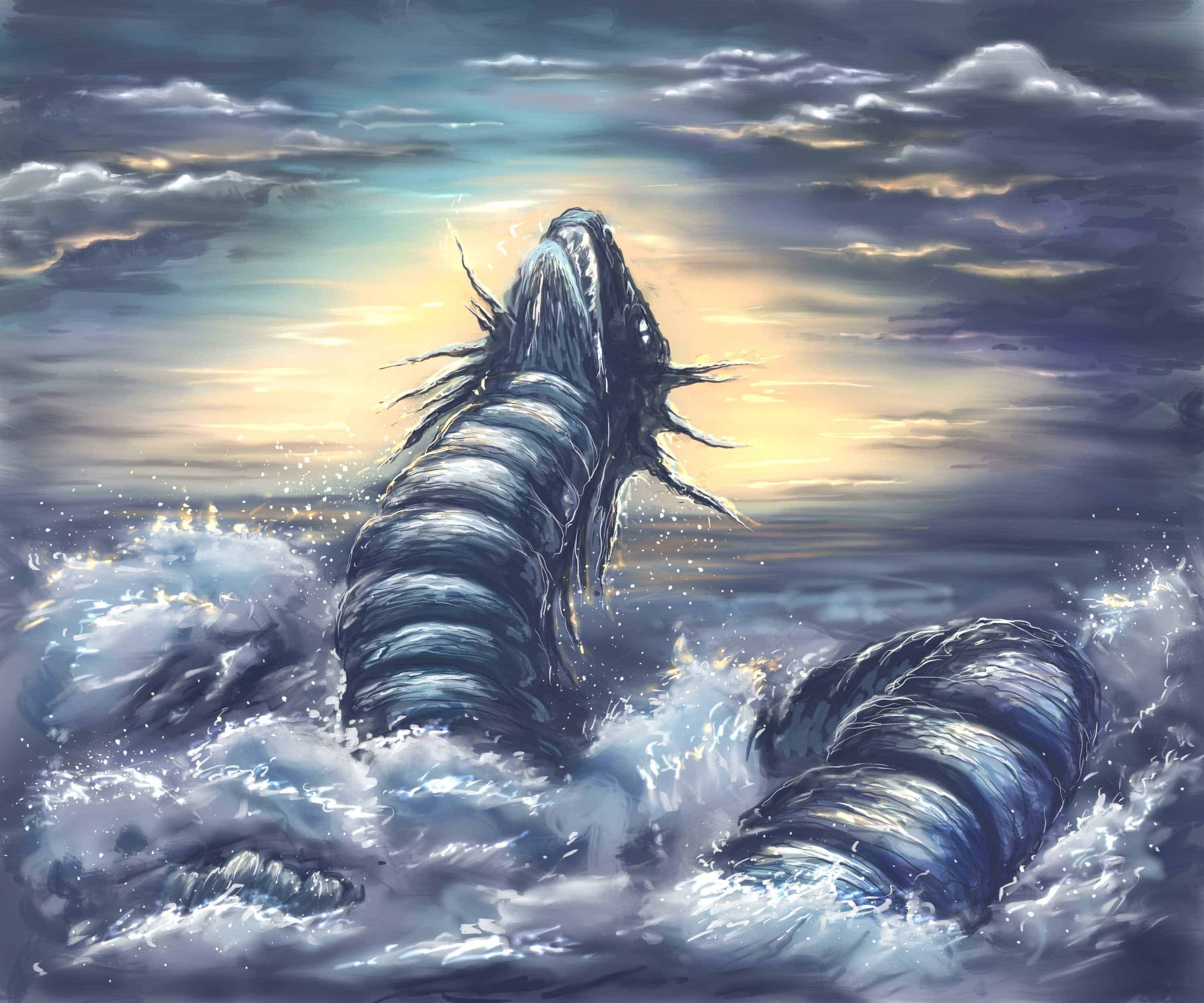
The sea serpent is a mythical water dragon type that can be found in the ocean’s depths. You can also call them water dragons. Sea serpents are wingless, with long and large snake-like bodies. They are also the most widespread type of dragons, ranging from Asia to Europe and America. Sea serpents are usually massive, and not many have survived after encountering a supposed sea serpent.
Sightings date back as early as the Ancient Greek era, with Poseidonus, a sailor, describing the serpents as long, large-scaled creatures with enormous mouths. Another sighting was from a Greenlandic saint named Hans Egede. He claimed that the sea serpent was longer than their ship, with fins that pierced the water. Moreover, two sightings were discovered in the 1800s by the HMS Daedalus and the HMS Plumper.
Here are a few water dragon names to check if you’re interested in learning more about the sea serpents:
- Bakunawa (Filipino moon-eating serpent)
- Kuraokami (Mythical ice dragon hailing from Japan)
- Sea Orcs (Large Sea Serpent)
- Coi Coi-Vilu (Mythical Water God)
- Gaasyendietha (South American Lake Dragon)
Leviathan
Leviathans are another type of sea dragon. These creatures are seemingly demonic and known to be agents of chaos. Artists imagine leviathans to be able to breathe underwater, with several wings or fins and a singular strong tail.
Leviathans are even present in the Bible and the Tanakh. As a result, they are found in Judaism and Christian religions. The common theme regarding leviathans is their subsequent death in the hands of a hero or god. It is also said that the leviathan is large enough to cover the entire earth. However, they may come in different names but share a similar story. This is how sea dragons are classified into the leviathan category.
Listed below are a few leviathans worth mentioning.
- Tiamat (Ancient Babylonian)
- Lotan (Old Canaanite)
- Jormungandr (Norse Mythology)
- Chaoskampf (Drachenkampf)
- Vritra (Hinduism)
Zilant

The zilant dragon is one of the rare types of dragons that few people know about. Just like the zmey dragons, zilant dragons originate from Russia. However, zilant dragons represent the principal city Kazan of the Republic of Tatarstan. It is actually often mentioned in the founding legends of the city, making it few in number.
Zilants are described to be a cross between a western dragon and a wyvern. They are winged creatures with four limbs: two wings and two limbs. Unlike other dragons, the zilant dragons have a bird’s body, a dragon’s head, limbs of a chicken, sharp teeth, red wings, ears of a canine, scaly dark-gray skin, and dark-gray feathers
A few of the zilant dragons can be found listed here:
- Diu (Qaban Lakes)
- Zilantaw Hill Snakes
- Dragons of Millenium Park of Kazan
- Arsk’s Zilant Heraldry
- Christopol’s Heraldry
Amphiptere
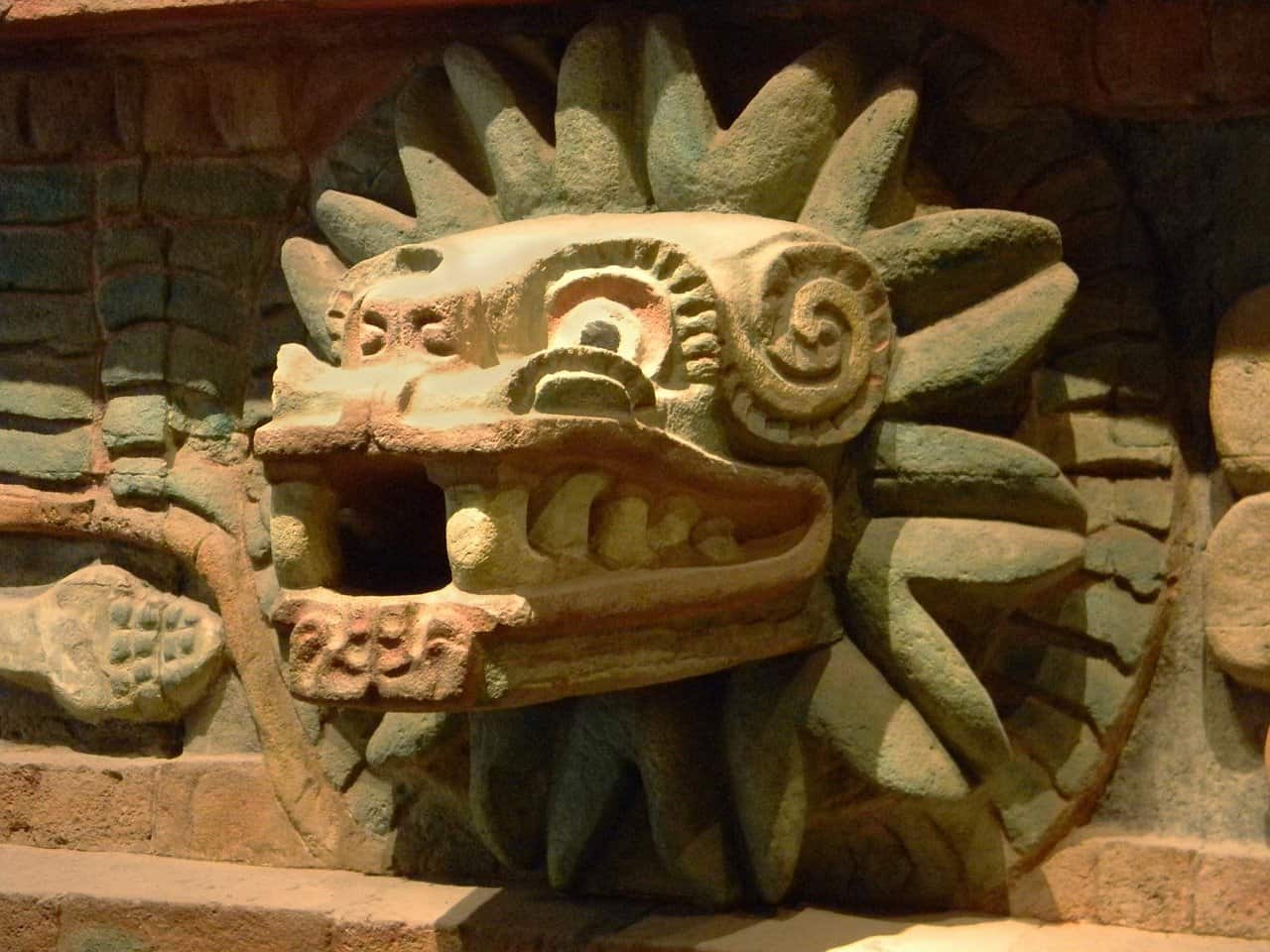
The amphiptere, also known as phipthere, is a two-winged serpent often used as a representation of dragons in European heraldry. Illustrators depict these dragons to have colorful feathers on their wings, similar to birds. In addition, they would have long spiked tails, beaks for their snouts, with their bodies similar to the lindworm. Amphipteres do not have limbs other than their wings so it’s quite rare to find an image of an amphiptere with even one leg. However, its design did originate from the Jaculus, a specific dragon that hides on top of tall trees.
Amphipteres are widely known for their uses in heraldry. The House of Potier was famously associated with amphipteres both for their coat of arms and in their supporters. Together with the House of Potier are the Dukes of Tresmes and the Dukes of Gesvres, who used amphipteres to symbolize their houses.
While there are few mentioned to be associated with the amphiptere, there are still some that have stood out.
- Jaculus
- House of Potier’s Dragon
- Duke of Gesvres’ Dragon
- Quetzacoatl (Feathered Serpent)
- Mexican Amphiptere
Naga
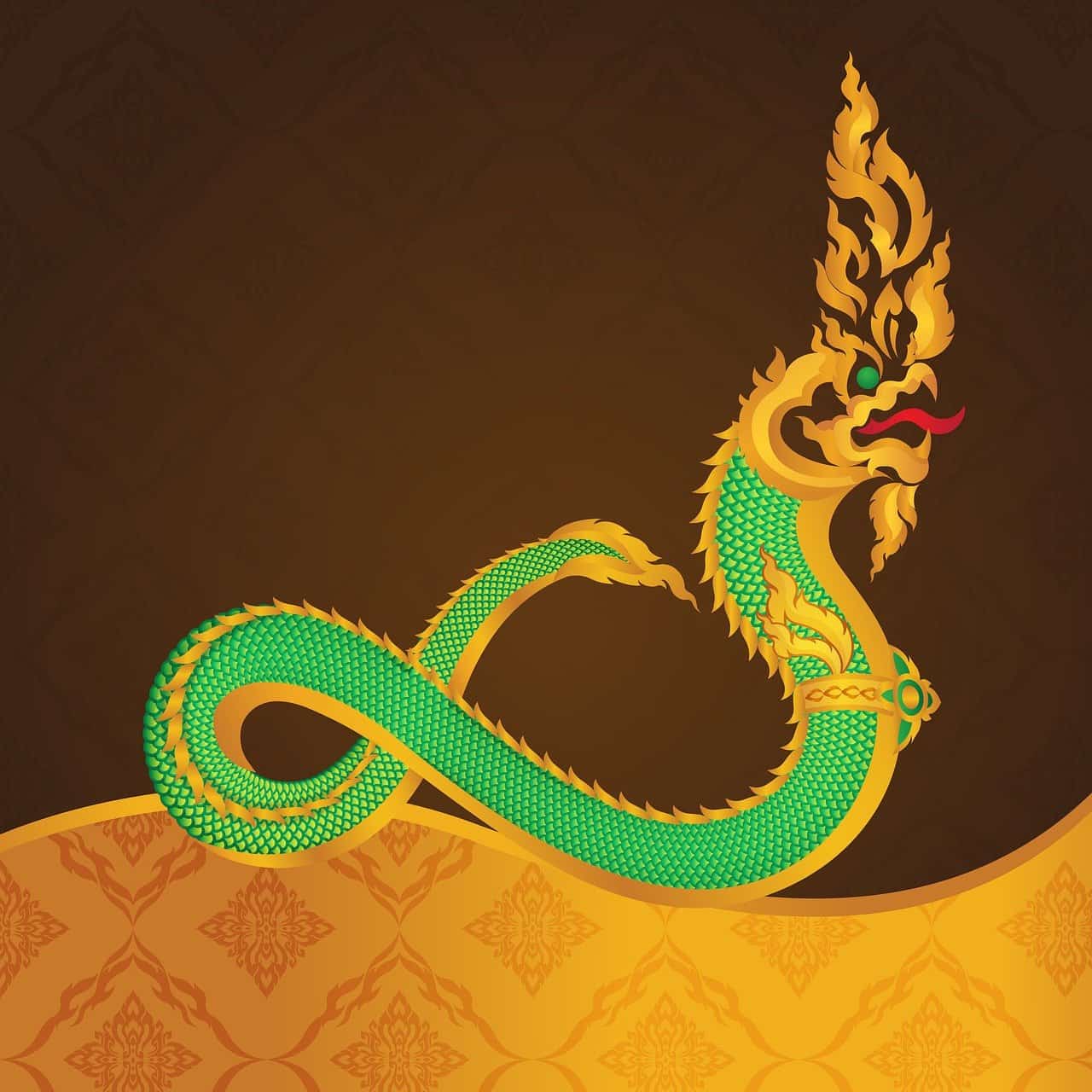
The naga is a famous Indian dragon that has a peculiar design. Unlike the other types of dragons, the naga is more closely associated with snakes. However, some naga dragons have multiple heads and disguise themselves as mongoose. Naga dragons are similar to the lung dragons of China, whereas they are also without limbs. On the top of the nagas’ heads are golden crowns similar to flames.
Some nagas are half-human and half-snake. They are half-divine beings who are powerful and beautiful and are good-natured towards humans. However, they may become deadly if they wish to be.
Below are a few noteworthy naga dragons:
- Apalala (Water-Dwelling Dragon King)
- Bhogavati
- Shesha
- Vasuki
- Takshaka
Cockatrice
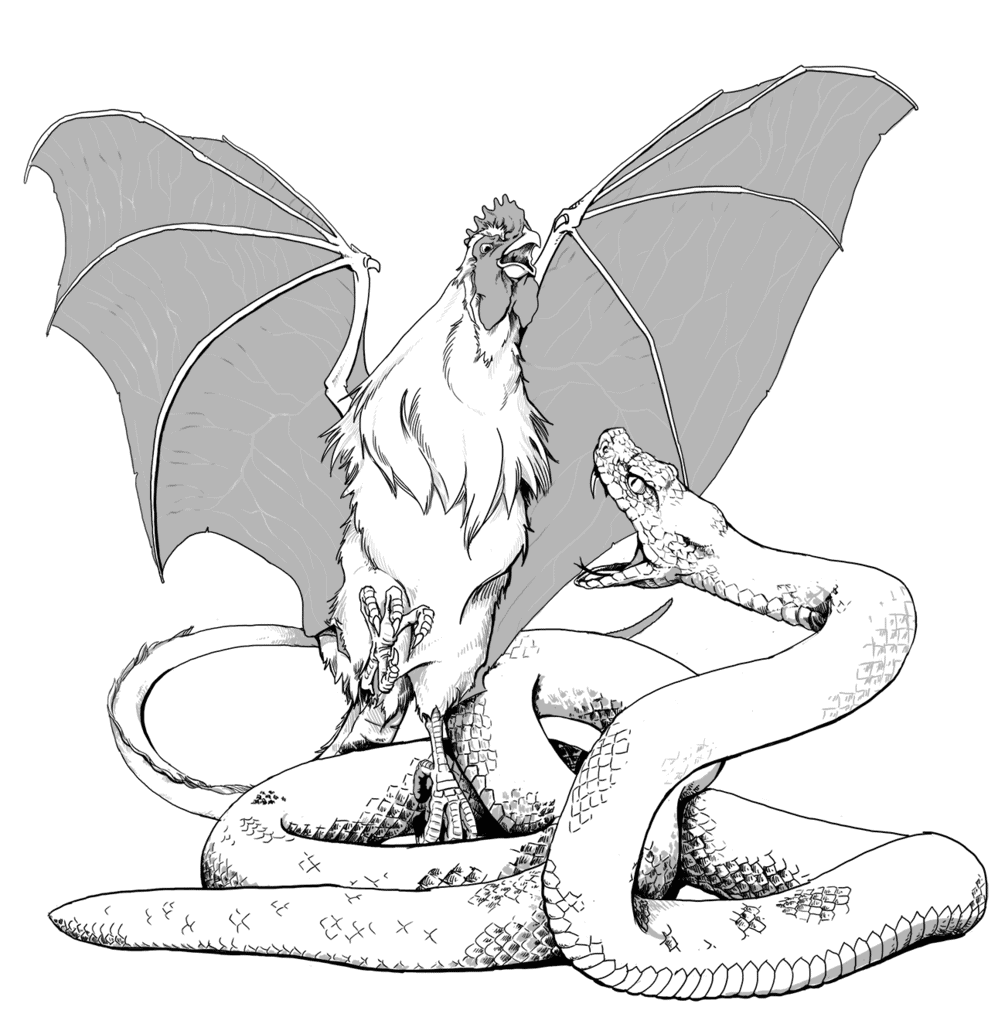
Cockatrice dragons are not your usual type of dragons. These dragons resemble either a chicken or a rooster’s head with the traditional body of a western dragon. Cockatrice dragons could turn living creatures into stone. Storytellers often called this ability “the death-darting eye of Cockatrice.”
Furthermore, folklore explains that weasels are the only creatures impervious to the cockatrice dragon’s gaze. Just like Medusa, the only way to defeat a cockatrice is to force it to see itself in the mirror, which will turn itself into stone. Laurence Breiner describes them as ornaments of Elizabethan poetry and theater.
Notable appearances of cockatrice dragons are rare. Still, there are a few worth checking out.
- Isaiah’s Cockatrice (the Bible)
- Cockatrice (Dragon’s Dogma Boss)
- King Gorice’s Cockatrice (The Worm Ouroboros)
- Cockatrice (Little Witch Academia)
- Langley’s of Agecroft Hall Cockatrice
Basilisk
Artists of the basilisk’s design took influence from reptiles, snakes, and even roosters. Just like Medusa and the cockatrice dragons, they can kill a person with just one glance. People often confuse the basilisk and the cockatrice, yet the difference between them is that the cockatrice has the head of a rooster, while the basilisk has a miter on its head with a shape of a crown on its chest.
Basilisk means “little king.” It’s also described as serpentine, along with its reptilian qualities. Apparently, the smell of a weasel is one of the biggest weaknesses of a basilisk. One legend of a basilisk’s birth was that a cockerel laid an egg which was then raised by serpents or toads.
There are different types of basilisks with different shapes. Here are a few worthy of a look:
- Salazar Slytherin’s Basilisk (Harry Potter and the Chamber of Secrets)
- Isaiah’s Basilisk (the Bible)
- Basilico Chilote
- Basilisk (Shadow House)
- Zwolle City Seal Basilisk
Drake
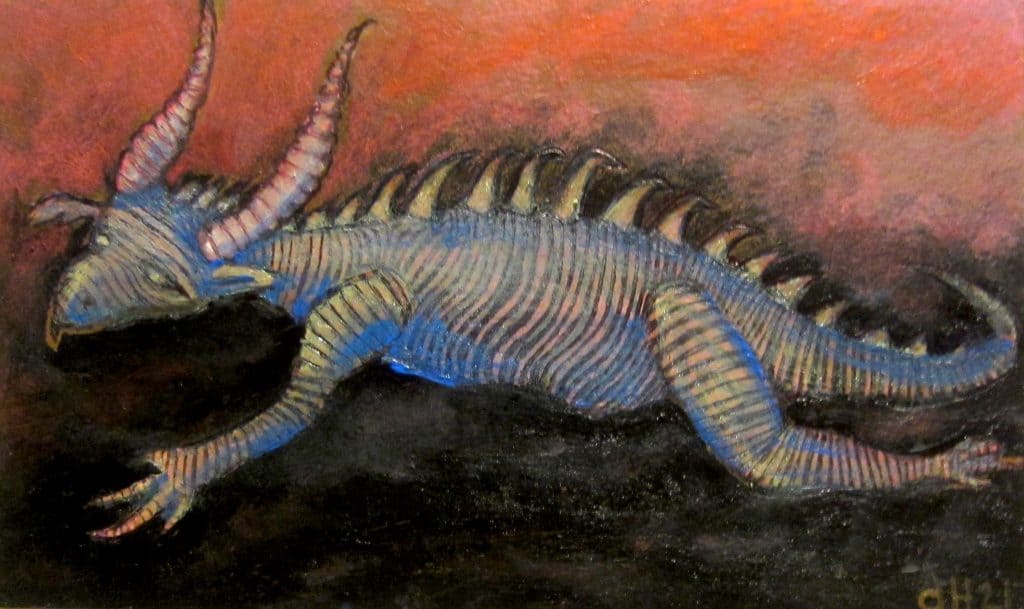
Drakes are wingless dragons. In other words, types of dragons that closely resemble the western dragons, except they only have four limbs instead of six. Some researchers refer to premature dragons as drakes.
There are two main types of drakes: cold-drakes and firedrakes. Cold-drakes are brightly colored blues or whites with the ability to release ice through their mouths. Firedrakes are warm-colored with reddish or orange skins that breathe fire. On the other hand, Tolkien’s description of drakes may have aided the classification between the two. But he described cold-drakes as drakes who had no connection to ice.
The dragons listed below are some of the most well-known drakes.
- Drake (Final Fantasy Series)
- Komodo Dragon (Real-Life Animal)
- Charmeleon (Pokemon Series)
- Agumon (Digimon Series)
- Bolt Drake (Final Fantasy Series)
Wyvern
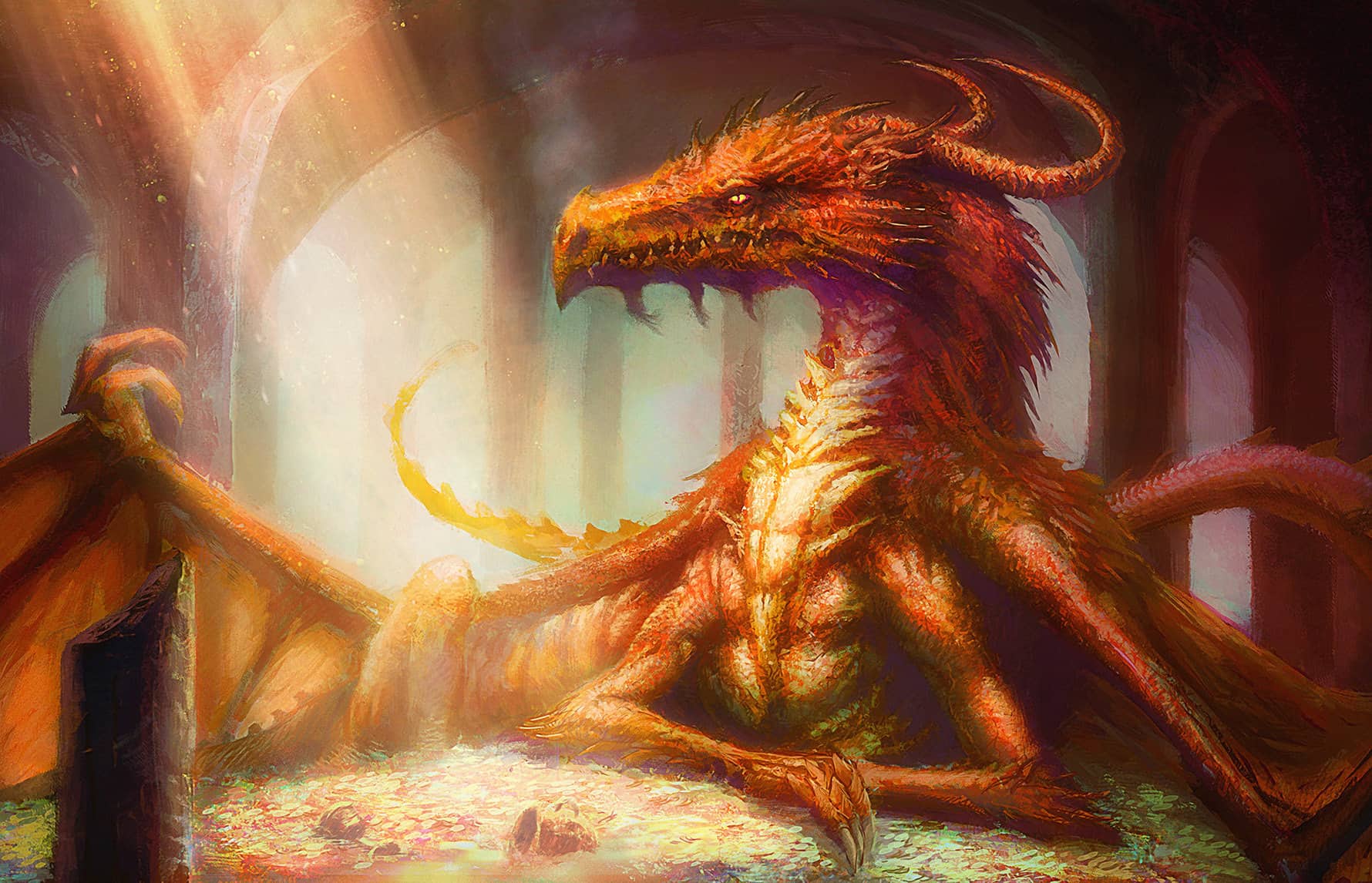
A wyvern dragon is best known to be a dragon with wings originating from the Mediterranean territory. Artists illustrate wyverns with long necks, diamond-like tips on the ends of their tales, and large wings with limbs attached to them. Consequently, they bear a resemblance to the cockatrice dragons and the feathered serpents (amphiptere.)
Wyverns are also symbols of war, power, and persistence. Many countries and families began using the wyverns in heraldry. In a heraldic sense, the wyverns are symbols of protection, a bird’s eye view, and valor. Some families began using the wyvern as part of their insignia through legends of an ancestor slaying a dragon for vengeance.
Wyverns are pretty famous than other dragons. Here are a few of them that you can check out:
- Wadjet (Egyptian Goddess)
- Jamal (Castle Drake)
- Blue Eyes White Dragon (Yu-Gi-Oh! Card Game)
- Smaug (The Hobbit Series)
- Hungarian Horntail (Harry Potter Series)
Zmey
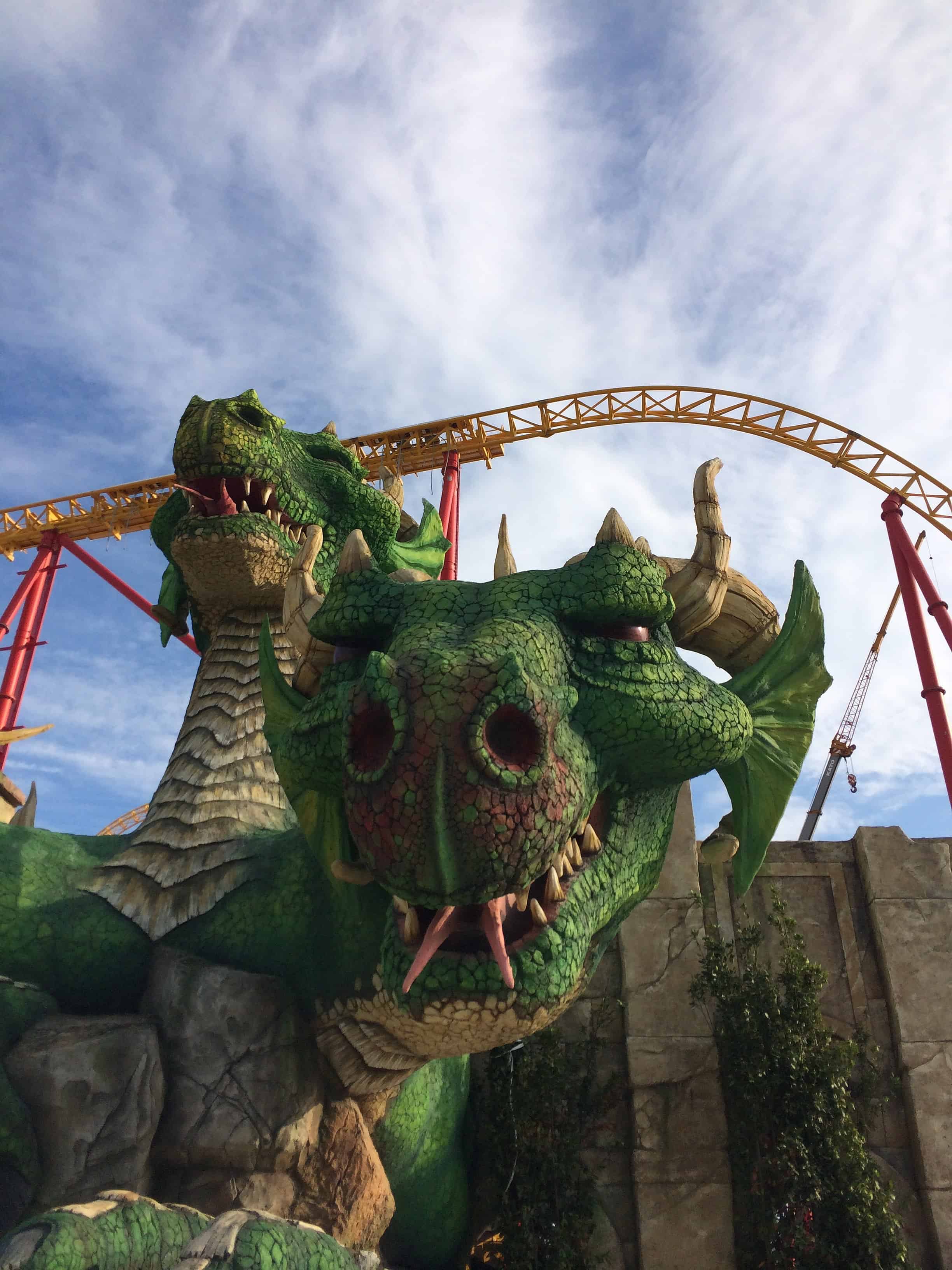
Zmey dragons, also known as slavic dragons, come from Russian folklore. Depending on the story, a zmey could either be a human with a dragon’s personality and abilities, or a full-fledged dragon. Zmey dragons are described to be green or red, scaly, and with claws made of iron. These dragons are often depicted with multiple heads. However, there are differences between each kind of zmey dragons.
Many tales involving zmey dragons include abducting princesses, raising their newborns, flying long distances, and battling against humans. Storytellers often gave them the ability to shapeshift into handsome young men. Generally viewed as evil creatures with powerful magic, Russian fairy tales often have the zmey in villainous roles.
Here are a few zmey dragons from Russia to read up on:
- Zmey Gorynych
- Tugarin Zmeyevich
- St. George’s Dragon
- Three-Headed Zmey (Eruslan Lazaverich’s slay)
- Zmei Gorynishche
Hydra
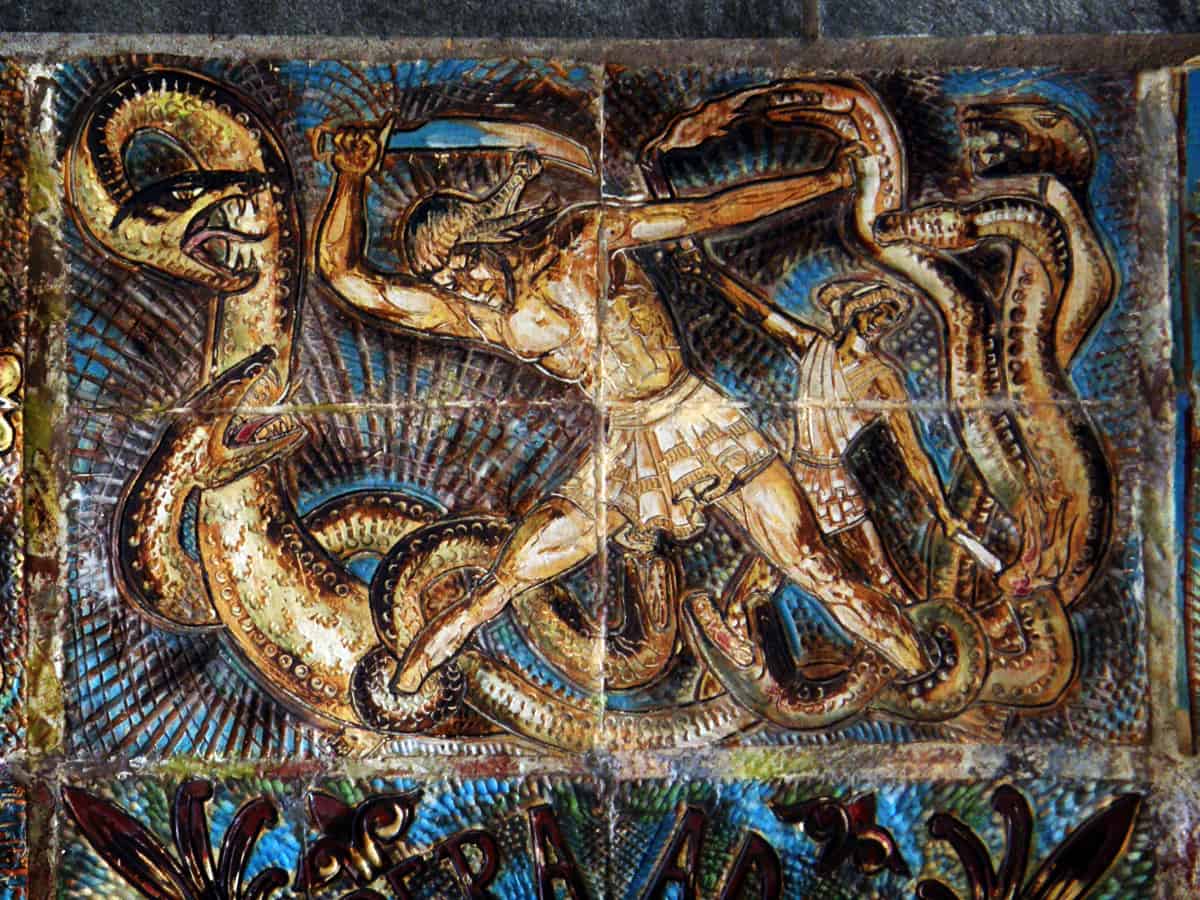
Hydras, the famous multi-headed dragons, is one of the most famous types of dragons. These dragons are larger than western dragons and have more than one head. However, they cannot shape-shift like the zmey dragons of Russia. Hydras are seemingly one of the most difficult dragons to defeat. Some hydras have multiple tails, arms, and wings. These extra limbs and heads regrow after being cut. For some hydra dragons, when one is cut down, two more appear.
The Greek word hydra translates to water serpent. While the most famous hydra is the Lernean hydra, other multiple hydra dragons have appeared before the creation of the Lernean itself. The Lernean hydra, also known as Exedra, had fifty thousand heads and belonged to the Trial of Herakles. It was the offspring of Echidna and Typhon.
Listed below are a few hydras you can learn more about other than the Lernean hydra.
- King Ghidorah (Godzilla Series)
- The Hydra (St. Michael’s adversary)
- Yamata-no-Orochi
- Tiamat (D&D Dragon type)
- Snaptrapper (How to Train Your Dragon Trilogy)
Conclusion
Compared to the complete list of the types of dragons, this list is quite small. Storytellers will continue to imagine more kinds of dragons over time as well. While there are organized classifications of all the dragons in the world, there’s still so much more to discover regarding each dragon’s personality. As symbols of austere power, whether good or bad, dragons keep their fame as one of the most well-known mythical beasts in our world.
All these dragons and their folklore could be of use to you, whether for pleasure, research, or simply to look for a specific dragon you resonate with. We hope this list will help you have an idea of their importance in culture, creativity, and beliefs. One thing in common about all of these dragons is their freedom. In fact, we hope these beasts inspire you to become a powerful person with your own free will. And just like these dragons, we hope you’ll have the freedom to choose whatever path you wish to take.
Was this page helpful?
Our commitment to delivering trustworthy and engaging content is at the heart of what we do. Each fact on our site is contributed by real users like you, bringing a wealth of diverse insights and information. To ensure the highest standards of accuracy and reliability, our dedicated editors meticulously review each submission. This process guarantees that the facts we share are not only fascinating but also credible. Trust in our commitment to quality and authenticity as you explore and learn with us.
